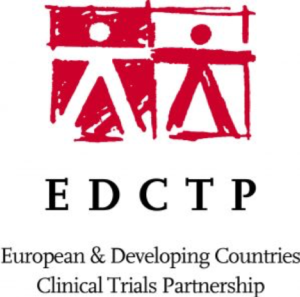About
Increased international malaria control efforts have resulted in dramatic reduction in the global malaria incidence over the past decade. In some places, the efficiency of control measures has led to the thought that elimination could be obtained; in line with the ambitious goal of achieving worldwide malaria elimination endorsed by the World Health Organization. As the global public health objectives for malaria has evolved from control towards elimination, there is an increasing interest in the significance of asymptomatic infections and the optimal diagnostic test to identify and treat them. Current field diagnostics rely almost exclusively on microscopy and rapid diagnostic tests. While they perform
sufficiently well for diagnosing patients with acute symptomatic malaria, both methods could miss significant proportions of asymptomatic parasite carriers due to their detection limit of ~50 parasites/μl.
In response to the strong desire and urgent needs to develop field-deployable sensitive malaria diagnosis, a promising, highly sensitive, user-friendly and cost-effective “sample-in-answer-out” portable malaria molecular diagnostic system known as AnyMDx was recently developed. The proposed technology significantly simplifies the complex nucleic acid testing and offers low-cost and accurate diagnosis in a quick and automatic fashion, thus putting the power of a full diagnostic laboratory into the palms of healthcare workers’s hands. In a previous study conducted in Dielmo and Ndiop villages in Senegal, we revealed substantial submicroscopic Plasmodium carriage among asymptomatic individuals using laboratory-based qPCR approach with average prevalence of 7.6% and 9.52% in Dielmo and Ndiop, respectively. The spatio-temporal mapping of asymptomatic and clinical malaria infections in both villages revealed that 98% of clinical malaria attacks occured in households where an asymptomatic case existed. Moreover, we found no statistically significant association between asymptomatic carriage and the risk of developing subsequent clinical malaria episode at individual level althought a significantly risk of having an episode of clinical malaria was associated with asymptomatic Plasmodium infection at household level. Together, these strong scientific-based evidences are in favor of the likely success of a Mass Screening and Testing intervention for malaria elimination.
In this context, the current proposal aims to apply multidisciplinary field and laboratory-based approaches along with a field-deployable innovative mobile nucleic acid testing to accompany a strategic community-based intervention towards malaria elimination in Dielmo and Ndiop villages. The proposal will also extensively contribute to professional development leadership for the fellow and to build new capacities in research through the training and mentorship of graduate students and postdoctoral fellows.


